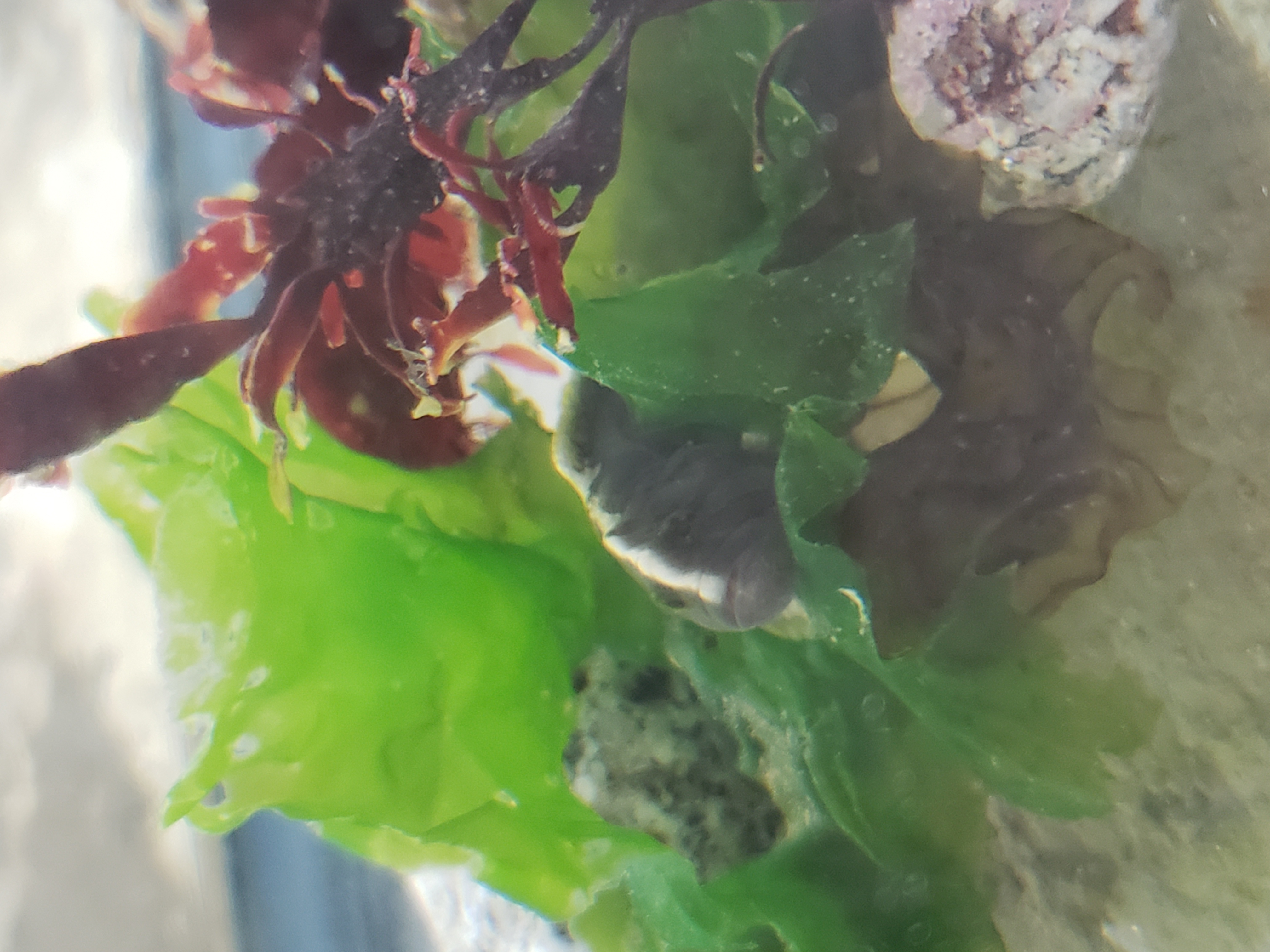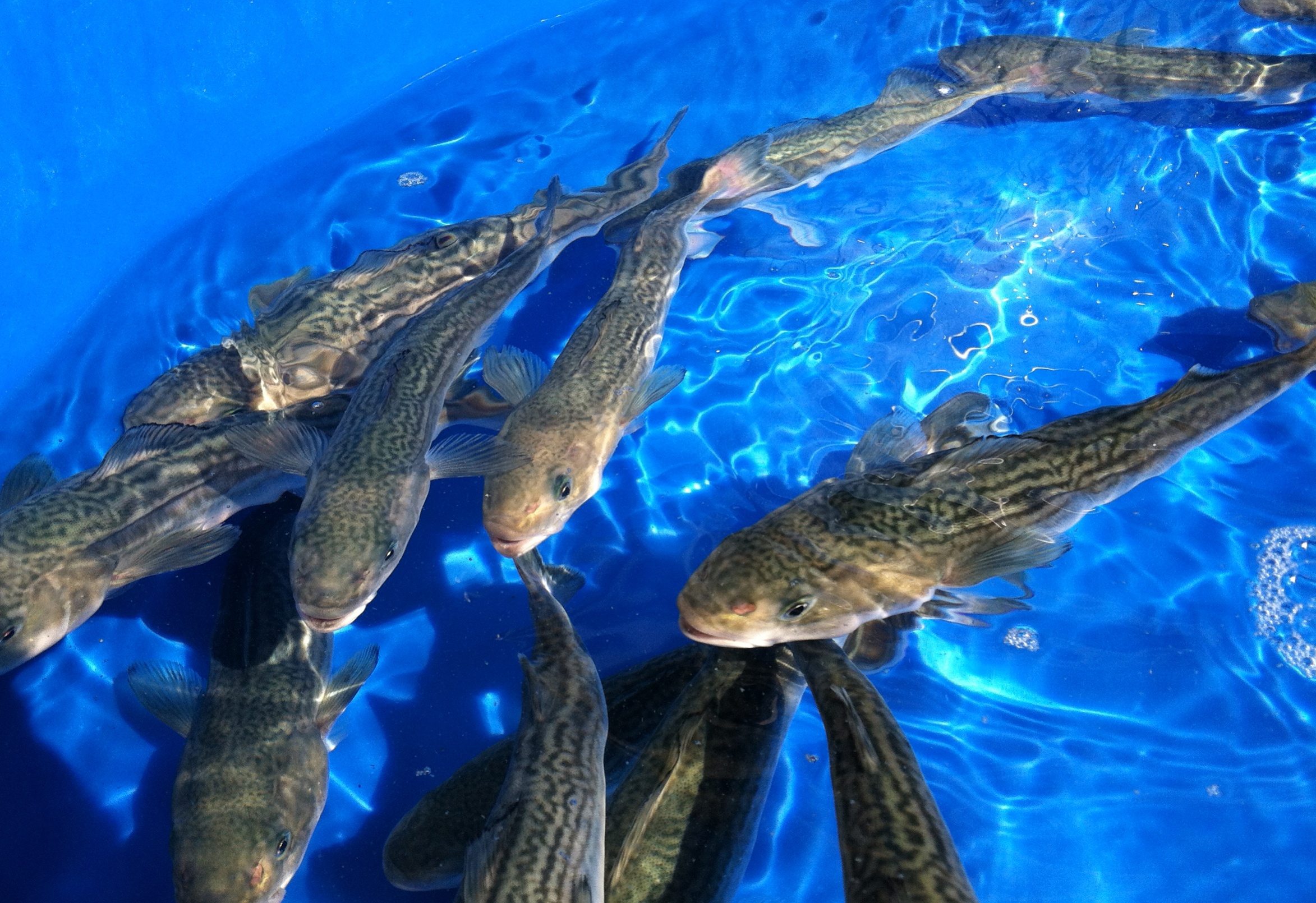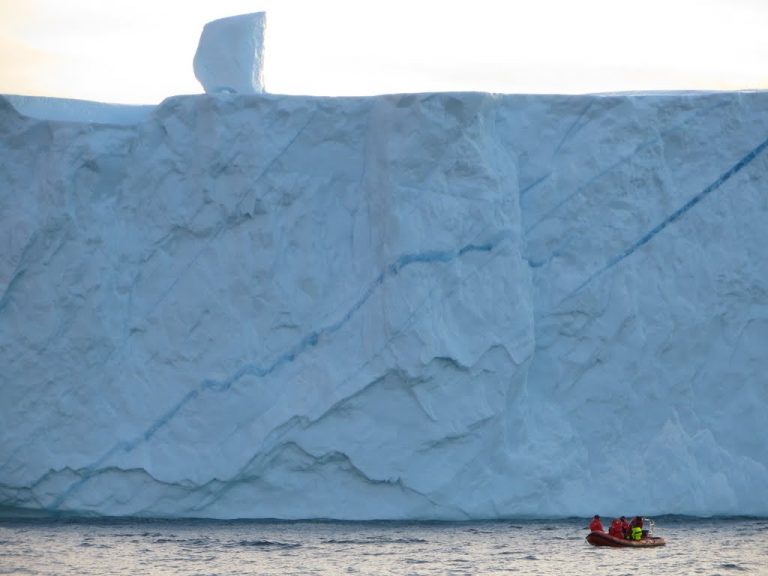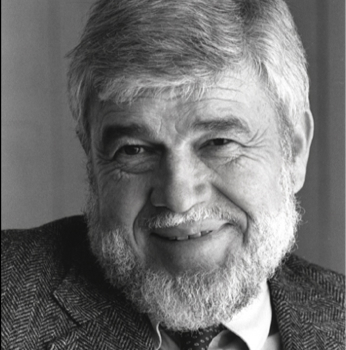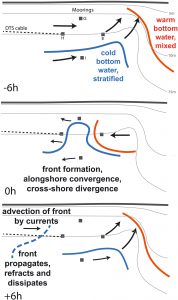Dr. Alison Stimpert and recent alumna, Brijonnay Madrigal, M.S. from our Vertebrate Ecology Lab, have applied their bioacoustic research skills from marine mammals onto rockfish.
In a recent publication for the The Journal of the Acoustical Society of America, Stimpert and Madrigal studied noise produced by scientific equipment during fisheries surveys so as to better understand how this noise affected the general soundscape of a rockfish habitat. Anthropogenic noise, in this study, was found to be out of the expected sensitivity range for fish hearing. However, this is a largely unstudied section of fisheries research and in other cases could effect stock assessments. The open access scientific article also includes recording samples you can hear.



